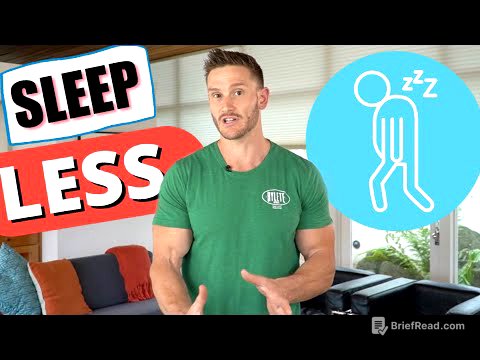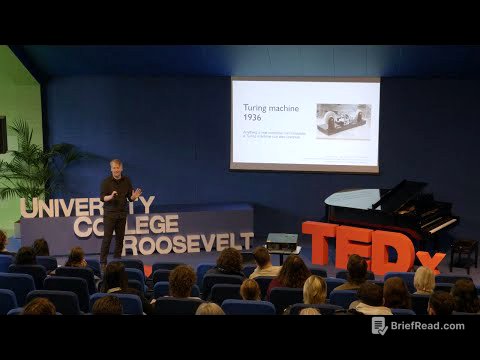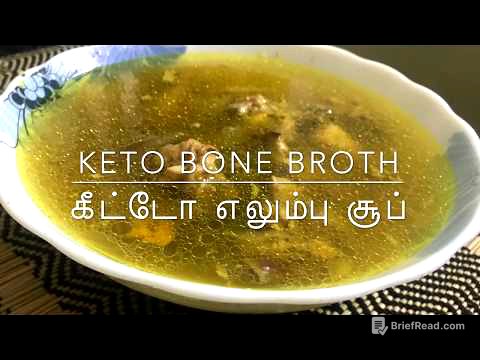TLDR;
This video is all about how to set up a hybrid training program that combines strength training and running. Nick talks about setting personal goals, training frequency, progressive overload, and the difference between muscular and strength development. Key takeaways include the importance of tailoring your training to your personal goals and enjoying the process, aiming for at least three strength and three cardio sessions per week, and understanding how to progressively overload your body to facilitate growth.
- Set personal fitness and health goals.
- Aim for at least three strength and three cardio sessions per week.
- Implement progressive overload to facilitate growth.
- Understand the difference between training for muscular development and strength.
Intro [0:00]
Nick says hybrid athlete training is the best way to train because it improves body composition, promotes longevity, and is sustainable. He's gonna show you how to set up your own hybrid training program.
Set a personal goal [0:40]
Nick emphasizes that there's no one-size-fits-all plan. Training should align with your personal fitness and health goals. Ask yourself what you enjoy doing and what you want to achieve, whether it's an endurance goal like running a marathon or a strength/body composition goal. Identifying your goal is the first step in creating your training program.
Hybrid Athlete Bundle [2:05]
Nick promotes a hybrid athlete training supplement bundle from BPN, highlighting that these are supplements he uses for both strength training and cardio. The bundle is 20% off.
Training frequency [2:44]
Nick talks about training frequency, acknowledging that everyone has different responsibilities and can't dedicate all their time to training. Ideally, you should aim for a minimum of three strength training sessions and three zone two/three lower intensity cardio sessions per week. Cardio can be anything from running and cycling to swimming or even walking. The key is to find something enjoyable and sustainable. Ask yourself how much time you can dedicate to fitness and ensure you're getting in at least those minimum sessions.
Progressive overload [4:20]
Progressive overload is a key principle for growth. Just like building a business, you need to constantly adapt and evolve to facilitate growth. To get bigger, faster, and stronger, you need to progressively overload your body. This can be done by manipulating exercise selection, reps, sets, weight, and rest periods. Documenting your training is crucial to ensure you're progressively increasing volume over time. For running, a good rule of thumb is to not increase weekly mileage by more than 10% each week to reduce the risk of injury.
Muscular vs. strength development [6:44]
Nick brings in Jordan to explain the difference between muscular development (hypertrophy) and strength development. Muscular development focuses on getting bigger muscles by stressing individual muscle fibers, while strength development is about teaching your muscles to produce more force, involving both the body and the neuromuscular system. A bigger muscle has the potential to produce more force, but it doesn't necessarily mean it does. Strength development also involves skill, and practicing that skill will allow you to get stronger without necessarily increasing muscle size.









